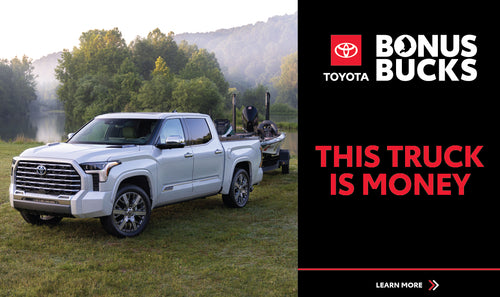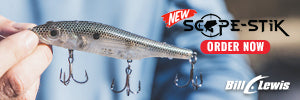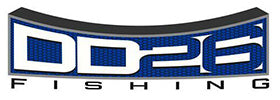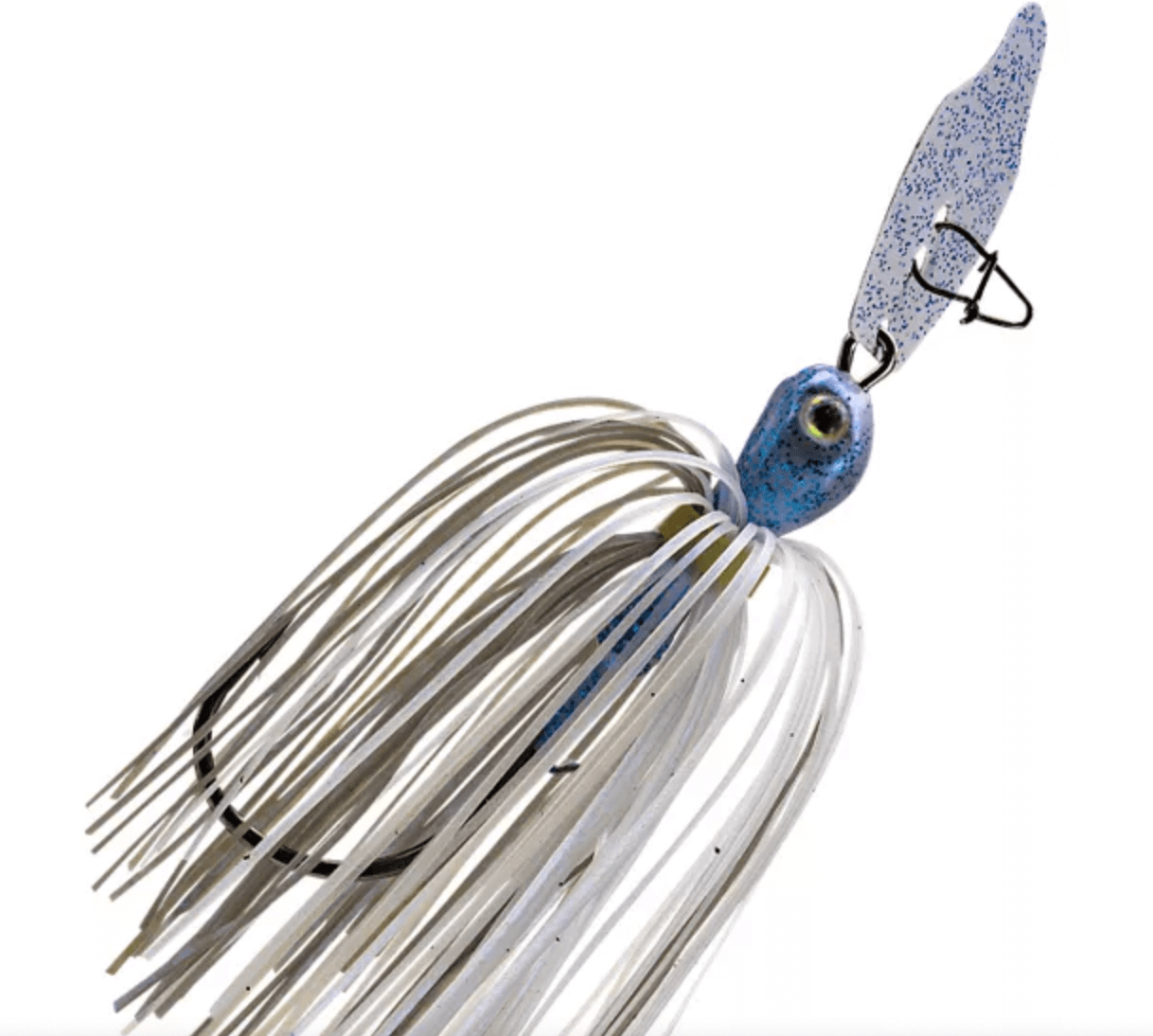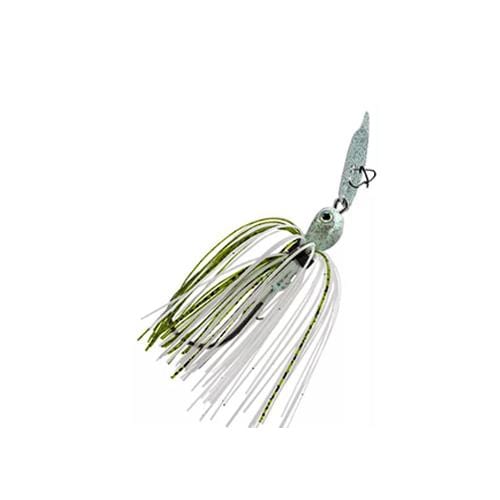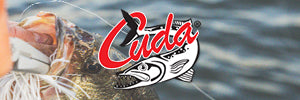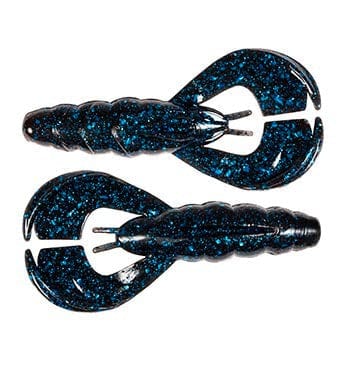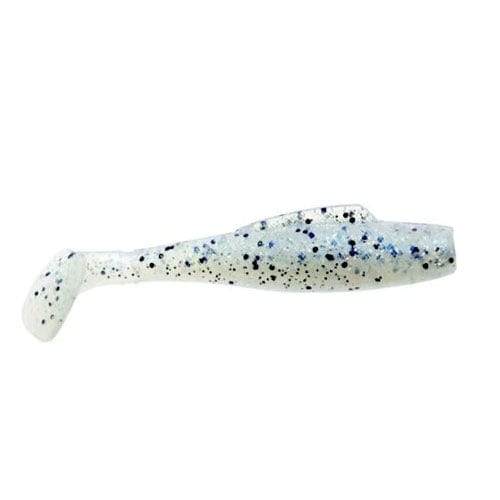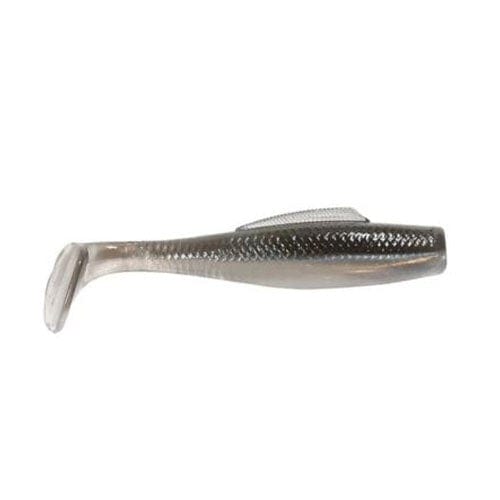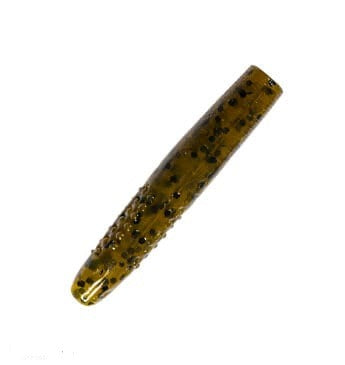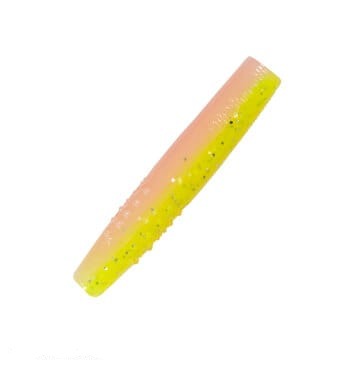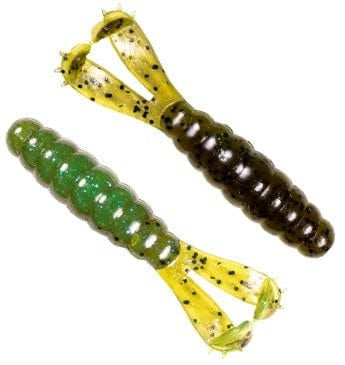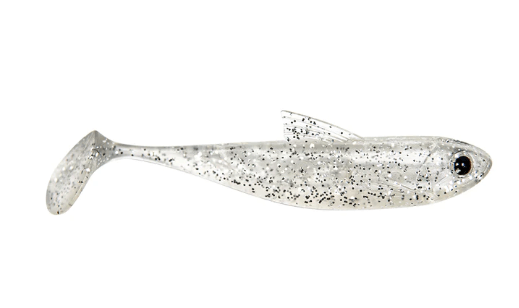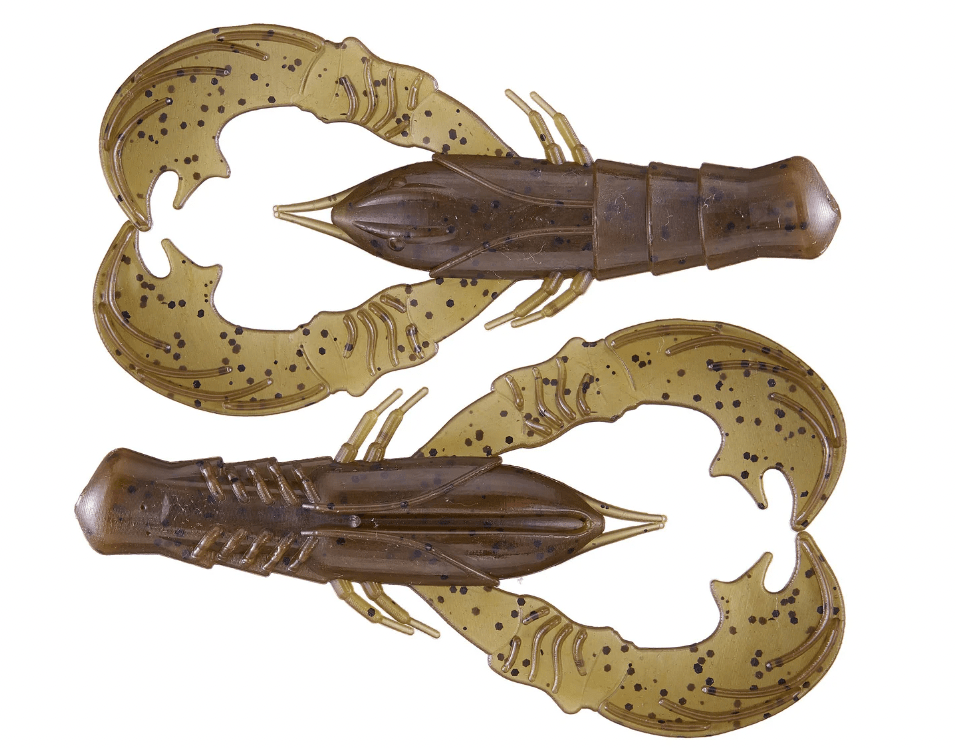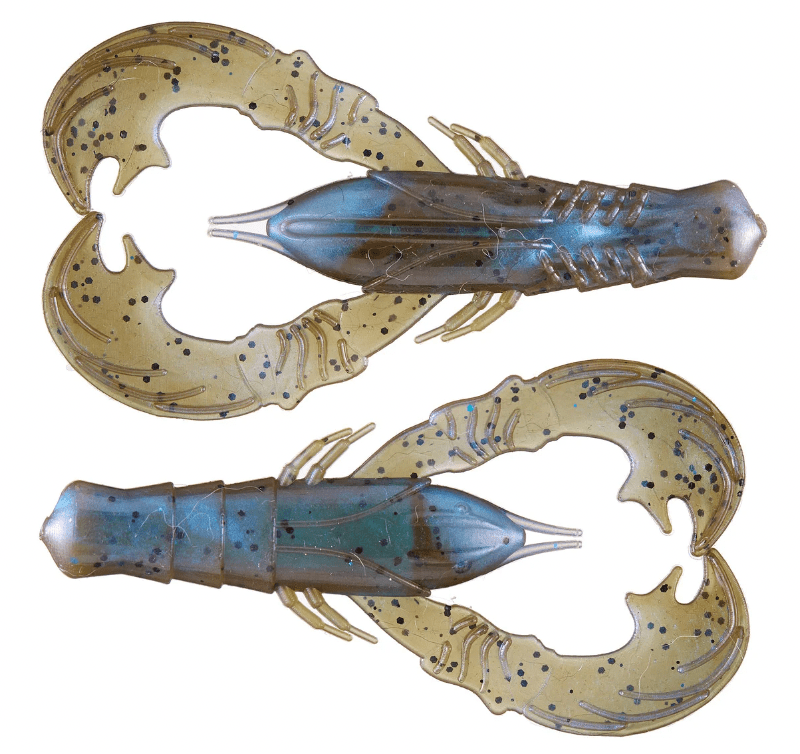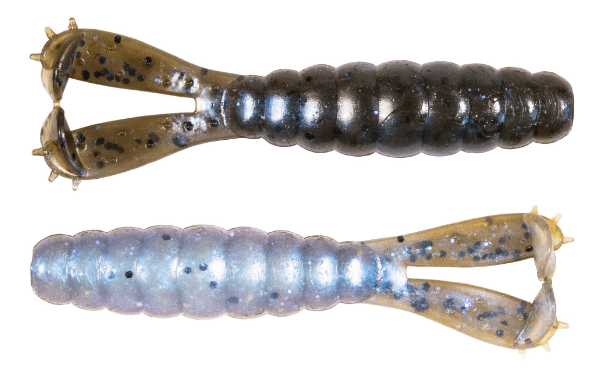Winter crankbait fishing is by far one of the most effective ways to target lethargic bass in deep waters. Whether you’re slowly rolling a deep-diving crankbait in search of a behemoth bass, or ripping a lipless crankbait through structure, the versatility of the crankbait makes it a great lure to try in the cold months. Even though the crankbait is a classic, anglers often make mistakes when fishing with this lure that they don’t even realize. Today we will be covering the top four mistakes we see crankbait fishermen make in the winter and how you can fix them!
Winter Crankbait Mistake #1: Fishing the wrong depth
Although the crankbait is a great option when targeting bass during the winter months, if you’re fishing the incorrect depth, your chances of catching anything go down tremendously. It’s very important to identify your water and air temperatures and use that information to make an educated guess as to what depth the bass are suspended in. During the winter months, bass are likely to be in deep holes near a steep transition area, so throwing a deep-diving crankbait is the best option. In the summer, however, bass typically prowl shallow waters in search of a meal, which means the square bill shallow diving crankbait is your best bet. To sum it up, throwing shallow crankbaits in the winter is usually a major mistake for bass anglers unless there is some type of hot water discharge. Next time you hit the water in winter, try targeting deeper areas!
Winter Crankbait Mistake #2: Using Big Crankbaits
During the fall fishing season, large-profile crankbaits often work wonders for anglers due to bass bulking up for winter. Because of this, a lot of anglers will continue to use these crankbaits in the winter with little success. During the winter, bass enter a lethargic state, which means big crankbaits are no longer effective compared to small-profile lures. We recommend using thin, small-profile deep diving crankbaits instead of wide bulky cranks.
Winter Crankbait Mistake #3: Using the wrong line
Although using the wrong line for winter crankbait fishing doesn’t directly affect getting bites most of the time, there are cases in which a fish doesn’t eat your lure simply because of the line you are using. When winter crankbait fishing it is crucial to use monofilament line due to its stretching abilities. The stretch of monofilament line usually leads to an increased hook-up ratio for anglers and allows for smaller hooksets while crankbait fishing to prevent ripping the lure out of the fish's mouth. Monofilament is the cheapest line on the market, so if you are using fluoro or braid, be sure to switch and save some money and missed hooksets!
Winter Crankbait Mistake #4: Retrieval
As mentioned in our jerkbait fishing blog, retrieval speed is one of the most important factors when targeting winter bass. Usually, anglers are reeling in their crankbaits way too fast in the winter. With the bass hunkered down for most of the season, a crankbait will likely have to slowly go by them a few times before they commit to biting. If the crankbaits zips by them a few times from an angler using a fast retrieval, chances are they won’t even consider biting it. At the end of the day, the key to winter fishing with any lure is slowing down, which is why we recommend reeling in your crankbait as slow as possible while keeping it in the strike-zone.
Crankbait fishing can be tricky, but with these mistakes out of the way your chances of landing a bass this month have gone up tremendously! We hope you were able to learn something new and apply it to your crankbait fishing craft next time you hit the water!










